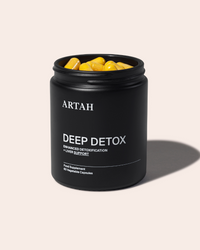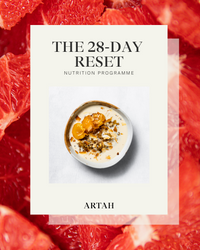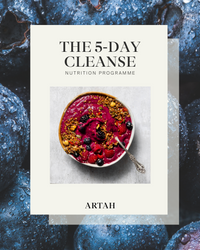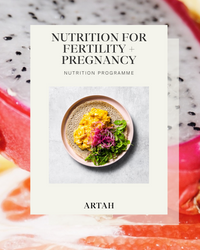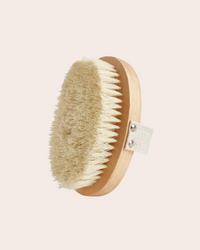Homemade Hummus
Hummus is a staple at Artah HQ. If we're not eating it, we're talking about making it. Weekly MVP awards go to the team member who is organised enough to make it at home and bring it in for office lunches - Rhian takes the title on most occasions. If, like us, you've had a more or less equal balance of successful and disastrous hummus endeavours, we've got you. Our homemade hummus recipe is pretty much fool-proof and delivers that deli-style, creamy, delicious dip. Every. Single. Time.
We find the best chickpeas to use for a really smooth result are the jarred ‘Garbanzo’ style chickpeas that you can get from most supermarkets (check the international aisles) and health-food stores. You can of course use tinned or dried chickpeas here as well, leaving dried chickpeas to soak overnight.The real game changer for a good hummus lies with the tahini used. Our favourite is without a doubt Belazu, it's the perfect consistency; pro tip, you can also whisk it up with some lemon juice, a little water and some salt for a quick dip or salad dressing.
This recipe makes one small 1.5-2 litre tub and will last about 5 days sealed in the fridge. It is always good to put a layer of olive oil on the top to keep the hummus extra fresh. This recipe is also a great base for hosting additions - try adding in a small steamed sweet potato or beetroot for different flavour and colour combinations. To serve, add a swipe of Rose Harissa, a few whole chickpeas, a drizzle of extra virgin olive oil and some fresh thyme leaves.
INGREDIENTS
660g (450g drain weight) Jar of chickpeas (reserving chickpea water - aquafaba)
1/2 bulb of roasted garlic
1 lemon, juiced (great to zest the lemon + keep to use to liven up both sweet + savoury dishes)
3 tablespoons tahini
150ml olive oil (preferable extra virgin)
Sea salt to taste (typically 1 +1/2 teaspoons)
METHOD
-
Next time the oven is on you can add in a whole head of garlic, keeping it intact - skins and all - with a little splash of olive oil to prevent any burning. This can be done low and slow or high and quick until the garlic is soft - around 5 minutes if done at 220 C or around 15 minutes if done at the classic 180 C. Leave to cool for a few minutes and then squeeze the cloves out.
-
Drain the jar of chickpeas reserving the liquid to add back in. Place the chickpeas in a food processor with the roasted garlic and pulse - this can easily also be done with a stick blender/standing blender/Nutribullet in absence of a food processor. Add in half of the chickpea water to help the ingredients blend together, then drip in the olive oil to make an emulsion. Then, add your tahini and lemon juice, followed by more of the aquafaba or plain water if necessary to slacken the texture to your desired consistency.
-
Hummus will normally take a surprising amount of salt, but always do this to taste so that you can control the flavour. Best to do this at the end as well, as salt can be left out entirely - this would then make a great snack for weaning toddlers and children.











